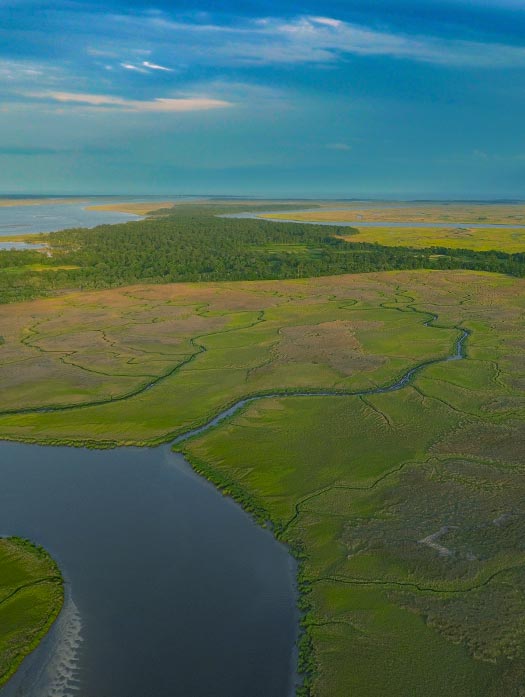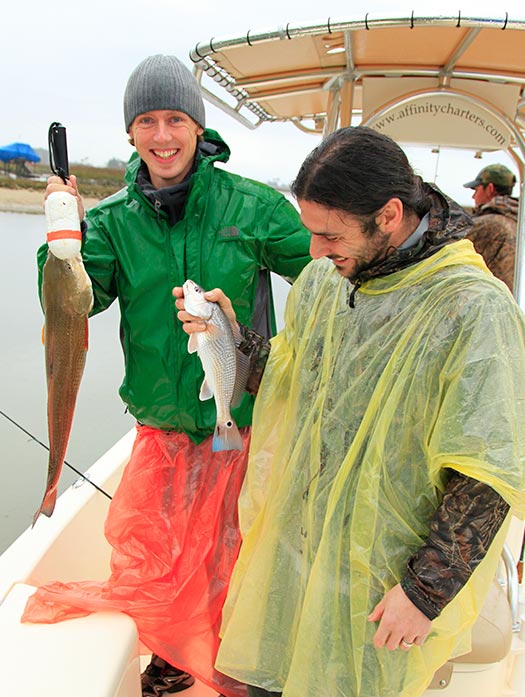Select Page
Estuaries
An estuary is a partially enclosed body of water formed where freshwater from rivers and streams flows into the ocean, mixing with the salty sea water.
Estuaries and the lands surrounding them are places of transition from land to sea, and from fresh to salt water.
Although influenced by the tides, estuaries are protected from the full force of ocean waves, winds, and storms by the reefs, barrier islands, or fingers of land, mud, or sand that define an estuary’s seaward boundary.

Estuaries

Estuaries come in all shapes and sizes and go by many different names, often known as bays, lagoons, harbors, inlets, or sounds. (Note not all water bodies by those names are necessarily estuaries. The defining feature of an estuary is the mixing of fresh and salt water, not the name.) Some familiar examples of estuaries include San Francisco Bay, Puget Sound, Chesapeake Bay, Boston Harbor, and Tampa Bay.
The tidal, sheltered waters of estuaries support unique communities of plants and animals, specially adapted for life at the margin of the sea. Estuarine environments are among the most productive on earth, creating more organic matter each year than comparably-sized areas of forest, grassland, or agricultural land (1). Many different habitat types are found in and around estuaries, including shallow open waters, freshwater and salt marshes, sandy beaches, mud and sand flats, rocky shores, oyster reefs, mangrove forests, river deltas, tidal pools, sea grass and kelp beds, and wooded swamps.
The productivity and variety of estuarine habitats foster a wonderful abundance and diversity of wildlife. Shore birds, fish, crabs and lobsters, marine mammals, clams and other shellfish, marine worms, sea birds, and reptiles are just some of the animals that make their homes in and around estuaries. These animals are linked to one another and to an assortment of specialized plants and microscopic organisms through complex food webs and other interactions.
Estuaries are places where rivers meet the sea. They are fascinating and beautiful ecosystems distinct from all other places on earth.
Did you enjoy that 360° experience? If so, watch more.
